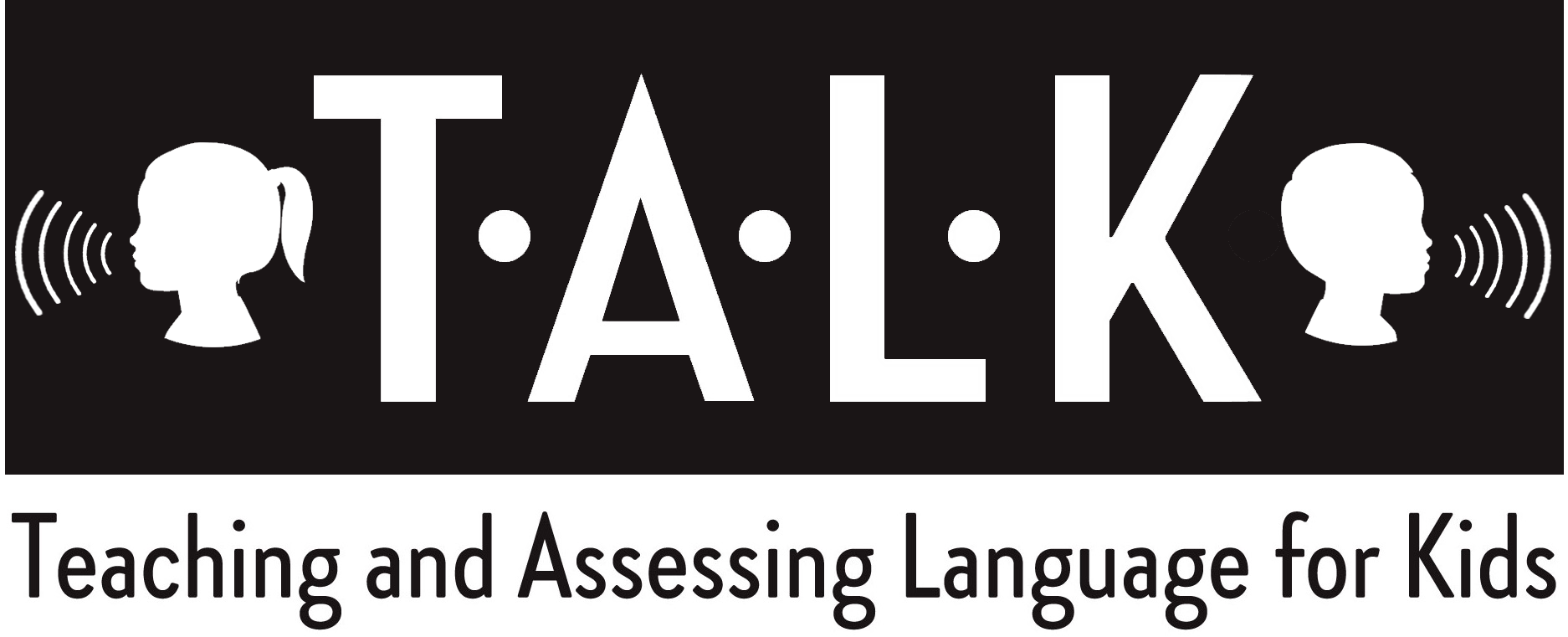Helping Kids Understand Their Feelings
Valentine’s Day is a great time to talk to kids about emotions. We talk a lot about love, happiness, and joy around the Winter holidays. But it’s important to also talk about other feelings like being angry, annoyed, and frustrated. The more we discuss feelings with our kids, the better they are at understanding and managing their own emotions.
First, we can help children understand emotions in others. This requires social attention, or attending to people. We look at pictures of people feeling happy, sad, mad, excited, surprised, annoyed, frustrated, bored, and confused and discuss these words and what they mean. When we label emotions, we help kids make sense of them and connect to their experiences.
To help kids interpret emotions correctly, we look at people’s mouths, eyes, eyebrows, foreheads, arms, and overall body language. Subtle differences in these tell us how people are feeling. These cues are subtle and sometimes require structured teaching. What makes it even more difficult, is that many emotive states are fleeting, so even when they are correctly identified in pictures, more work needs to be done in helping them recognize them in the moment in real time. This can be done in videos, where the therapist can pause, teach, discuss, and rewind / replay, before targeting these skills live.
Once kids can identify and label emotions in others, we start talking about emotions in ourselves. How would we feel if someone took our toy? If dad was late to pick us up? If we don’t understand the math problem? These activities require abstraction, inferencing, and perspective taking, which are all crucial to understanding the social world.
Interpreting emotions is also critical to understanding stories. Character’s actions are driven by their emotions, and emotions aren’t always made clear. We need to put ourselves in the characters’ shoes and understand their emotions in order to understand why they do what they do. For clients who are working on social communication at a higher level, having a strong understanding of feelings can lead to understanding more abstract concepts such as themes, lessons, or morale of the story.
Once kids can interpret feelings, we start talking about social problem solving. What could we say to make an upset friend feel better? What could this character do to make his mom less frustrated? All of these decisions rely on our core understanding of feelings, and they are critical to forming lasting and meaningful relationships.
If you are concerned about your child’s understanding of emotions or social communication, please reach out to your local Speech-Language Pathologist.
